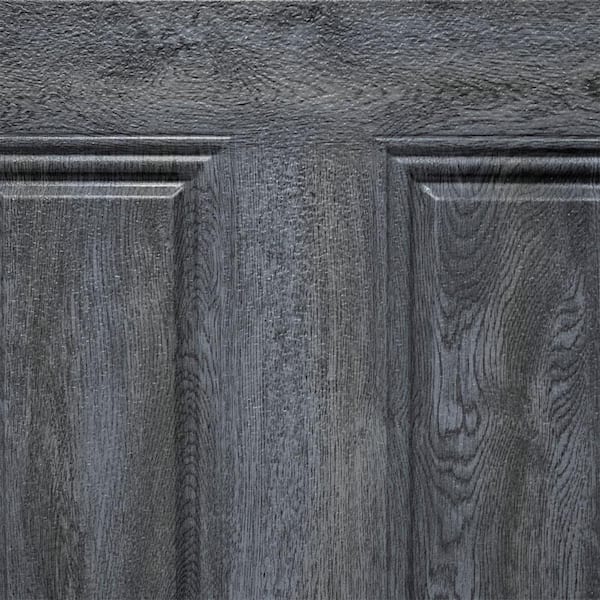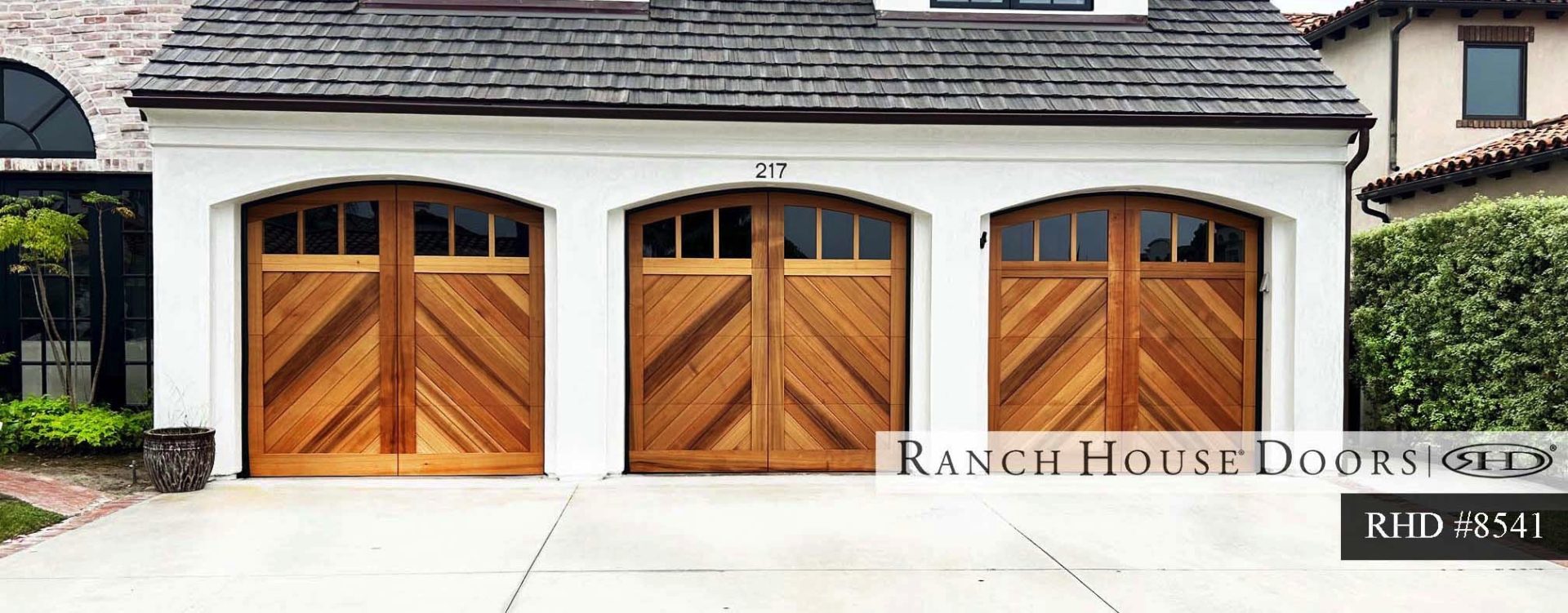For homeowners seeking the charm of old carriage houses but need modern functionality, customized carriage-style garage doors might be your perfect match. Inspired by the swing-out entrances of 19th-century carriage houses, these doors marry that timeless look with today's advanced materials like steel, composite, and polyurethane insulation. They offer durability, energy efficiency, and design versatility that standard garage doors can’t match. Even if your home's style leans rustic, contemporary, or somewhere in between, carriage-style doors have a knack for boosting curb appeal while handling all your practical needs. Here's how they can transform your home's look and function.
1. Customized Carriage-Style Garage Doors: Design Features That Redefine Functionality
Unlike standard overhead doors, customized carriage-style garage doors balance artistry with performance through craftsmanship and innovation.
Classic aesthetics meet modern engineering with materials like steel featuring wood-grain embossing and decorative overlays (e.g., DecaTrim™ II) to replicate the texture of aged wood. Panels also come in arched or square configurations, complementing farmhouse facades, Colonial revivals, and modern minimalist exteriors. Beneath the vintage exterior, industrial-grade galvanized tracks and 10 ball-bearing rollers ensure smooth, quiet operation, even in subzero temperatures 1.
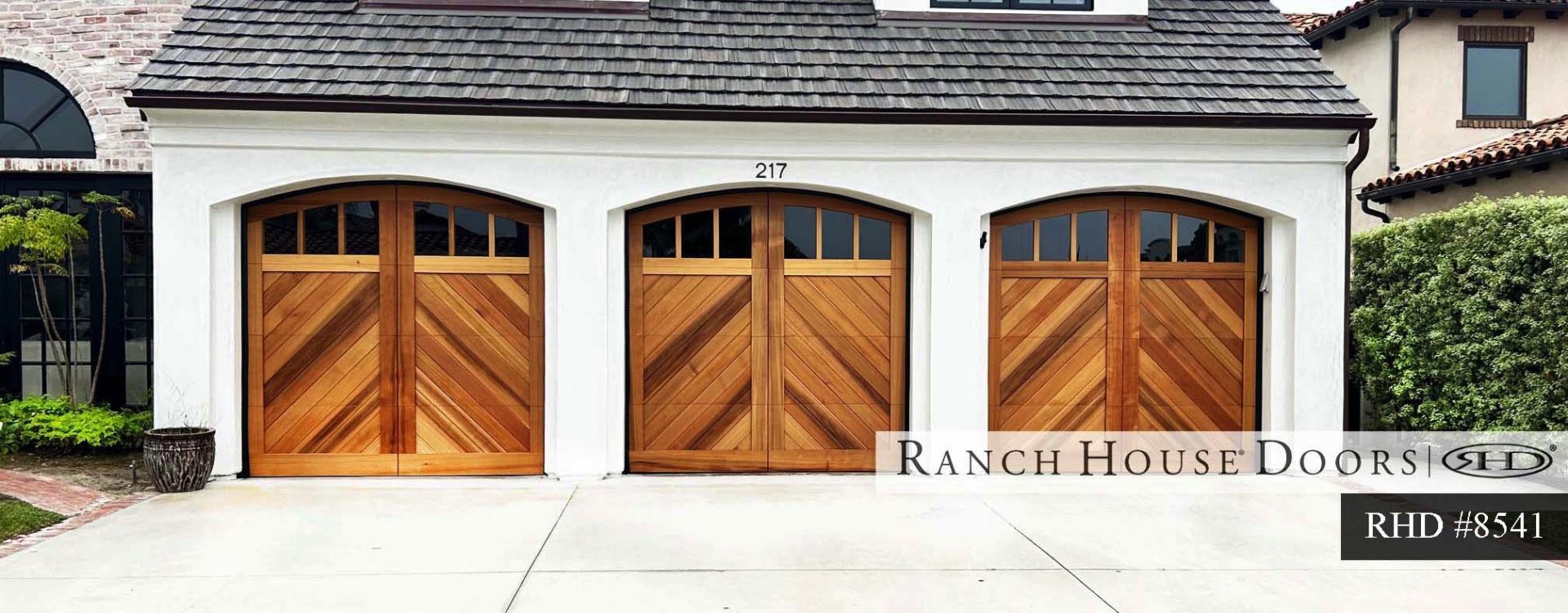 Rust-resistant construction using hot-dipped galvanized steel and baked-on polyester finishes makes these doors ideal for harsh climates. In coastal regions like Florida or rainy Pacific Northwest areas, this low-maintenance durability outperforms traditional wood doors that swell or split without yearly sealing 23.
Rust-resistant construction using hot-dipped galvanized steel and baked-on polyester finishes makes these doors ideal for harsh climates. In coastal regions like Florida or rainy Pacific Northwest areas, this low-maintenance durability outperforms traditional wood doors that swell or split without yearly sealing 23.
2. Vintage Carriage-Style Garage Doors: Smart Performance Meets Heritage Style
Today’s vintage carriage-style garage doors offer both old-world charm and 21st-century convenience.
Homeowners can customize hardware like faux wrought-iron hinges and window grilles to match their home’s architecture. For example, a matte black door with brass handles amplifies a Tudor-style home’s drama, while earthy wood stains mix well with ranch-style exteriors 4.
Despite their historical appearance, smart technology integrates discreetly. Automatic openers sync with smartphone apps, to allow remote access and real-time alerts. These are the features which buyers increasingly expect in 2025’s market 5.
These doors also boost resale value. A 2025 National Association of Realtors study notes homes with carriage-style garage doors sell 4% faster than those with standard models, as buyers prioritize curb appeal and perceived craftsmanship 6.
3. Wooden vs. Steel Carriage-Style Garage Doors: Choosing Your Material
Choosing between wood and steel depends on personal priorities.
Wooden carriage-style garage doors offer unmatched warmth, suited for historic districts or luxury estates. However, they demand yearly maintenance, such as sanding, staining, and sealing, to prevent warping in humid climates like Houston or insect damage in wooded areas 73.
Steel carriage-style doors with wood-grain overlays replicate the classic look without upkeep. In snowy regions like Minnesota, foam-insulated steel resists hail dents and reduces heating costs by 12–18% compared to uninsulated alternatives 9.
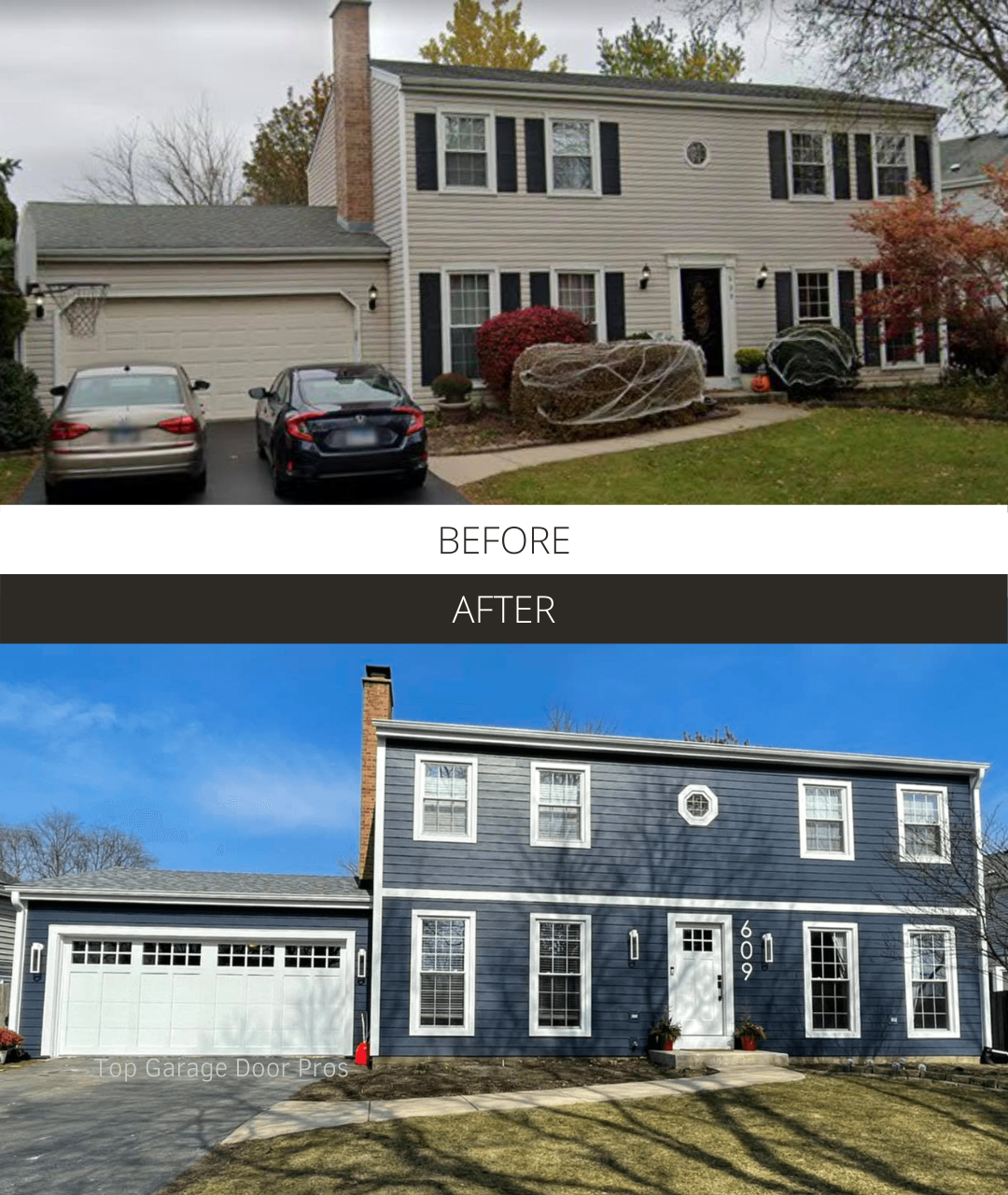 Hybrid materials like fiberglass-composite doors mimic wood’s texture while resisting Pacific Northwest moisture. For Mediterranean-style homes in Arizona, caramel-toned composite panels avoid sun fading common with natural wood 10.
Hybrid materials like fiberglass-composite doors mimic wood’s texture while resisting Pacific Northwest moisture. For Mediterranean-style homes in Arizona, caramel-toned composite panels avoid sun fading common with natural wood 10.
4. Insulated Carriage-Style Garage Doors: Comfort Meets Efficiency
Insulation transforms garages from drafty storage spaces to temperature-stable extensions of your home.
Polyurethane foam (the gold standard) fills every crevice with R-values up to 18, blocking 45% more heat transfer than basic polystyrene (R-6.48) 119. For attached garages in Texas, this can lower adjacent room temperatures by 8–10°F, easing AC strain.
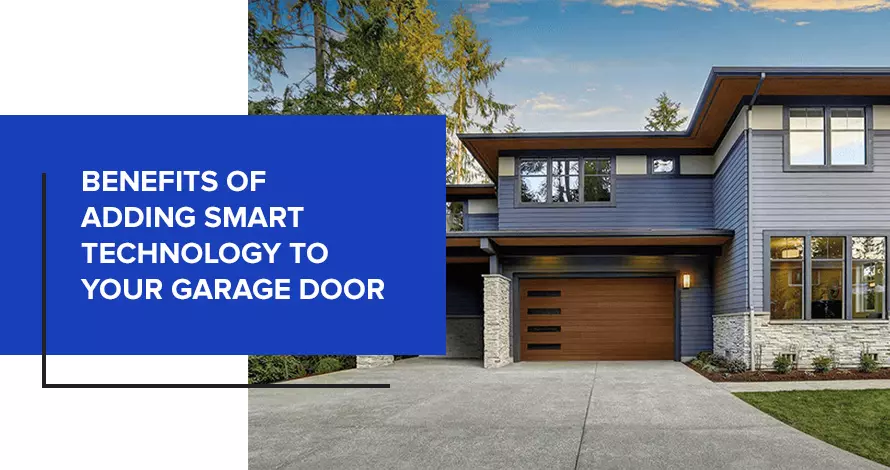 Northern homeowners in Vermont report polyurethane-insulated doors protect holiday decorations, workshop tools, and EVs from extreme cold. Noise reduction also benefits home gyms or garage apartments.
Northern homeowners in Vermont report polyurethane-insulated doors protect holiday decorations, workshop tools, and EVs from extreme cold. Noise reduction also benefits home gyms or garage apartments.
5. Customizing Your Carriage-Style Garage Door: Colors, Sizes, and Trends
2025’s trends favor bold personalization.
Architectural compatibility is key:
- Arched panels evoke European cottages
- Square panels align with Colonial symmetry
- Stained glass inserts elevate Craftsman bungalows
Darker neutrals dominate modern exteriors. Charcoal gray doors (Pantone’s 2025 Color of the Year) contrast crisply with white siding, while deep greens complement Pacific Northwest forests.
 Non-standard sizes accommodate RVs or boat storage. Pennsylvania ranchers often opt for 18-foot-wide doors, while urban row homes choose narrower 8-foot designs 13.
Non-standard sizes accommodate RVs or boat storage. Pennsylvania ranchers often opt for 18-foot-wide doors, while urban row homes choose narrower 8-foot designs 13.
6. Cost vs. Value: Why Customized Carriage-Style Garage Doors Pay Off
Custom insulated carriage-style garage doors range from $2,000–$10,000 and up to triple for standard models. However, polyurethane insulation cuts heating/cooling bills by 15–20%, and the 4% resale boost offsets upfront costs 1415.
Steel doors offer the best ROI in harsh climates, while wood suits luxury markets where authenticity justifies upkeep.
Conclusion: Elevate Your Home’s First Impression
Customized carriage-style garage doors are design statements that bring together the best of old and new. Homeowners in historic Charleston, modern Austin, or mountain retreats can tailor materials, insulation, and finishes to their climate and style. With 2025's trend toward making bold exterior choices, these doors prove that they’re smart investments in your home's comfort, energy efficiency, and long-term value.

